Summary
- New Monster Hunter games introduce unique gameplay mechanics like Shakalaka minions, Clutchclaw, and wirebugs.
- The Guiding Lands in Iceborne provides endgame content for farming and upgrading gear with specific monsters and materials.
- Different versions of the game feature distinct mechanics, like the seasonal system in Dos for hunting certain monsters.
Monster Hunter is a unique series even among other similar RPGs. Every new installment and addition in the series adds a special gameplay style or mechanic that keeps them fresh and exciting. With each new launch, Monster Hunter has added new and different ways to play.

Related
How Long Would It Take To Beat Every Monster Hunter Game?
Prepare for the longest hunt of your life.
Each new game always has a different way to play, and they each have their own special feature or mechanic that takes some learning or getting used to. These mechanics play a part in keeping the series interesting, with each game being a unique playstyle to learn.
10
Shakalaka Minions
Monster Hunter 3 Ultimate
In Monster Hunter Tri and 3 Ultimate, you didn’t have a Palico companion. Instead, your quest helpers are two little Shakalaka children named Cha-cha and Kayamba. They function on hunts similarly to palicoes, giving you support, boosting your stats, and flinging bombs/taps at monsters.
Instead of making them gear and weapons, you just equip different masks for them to have different abilities and skills. One mask, the Ancient Mask, lets you dive and swim deep enough to confront the large Elder Dragon Caedeus. All the masks are based on many of the aesthetics of the Shakalaka tribes that are known throughout the series.
9
The Slinger’s Clutchclaw
Monster Hunter World: Iceborne
Monster Hunter World: Iceborne introduced the Clutchclaw to the slinger. It’s an interesting gadget that helps you latch on to your target monster. Once you’re on the monster, you can tenderize the body part you’re on, ensuring you can do more damage and do part damage in that area.
If you latch onto the monster’s head, you can also send them careening into a wall to knock them down for some free hits and a shiny drop. You can’t do this when the monster is enraged, and attempts to do this would mostly set you up for danger and stamina loss. Moving around during Clutchclaw also takes a chunk off your stamina, so using this mechanic requires some skill with placement and planning.
8
Leveling The Guiding Lands
Monster Hunter World: Iceborne
Shortly after defeating Shara Ishvalda, you unlock the Guiding Lands, a large semi-island that contains all five locales that are featured in the game. They also contain many of the monsters that live in each region. The regions in the Guiding all represent a place you’ve been to in the New World, from a large forest area to a coral highlands section and a Rotten Vale area that contains the remains of a Zorah Magdoros.

Related
Monster Hunter Wilds: 8 Most Memorable Quotes
These iconic quotes are deeper than what you’d expect from Monster Hunter.
A majority of your endgame hunting and farming will take place here, leveling up the different regions of the Guiding Lands to bring in specific monsters and their tempered variations for special gemstones and the Guiding Land’s specific materials. This is where a majority of your upgrading and gear collecting will take place.
7
Jumbo Village’s Seasons
Monster Hunter Dos
In Monster Hunter Dos, there was a very primitive version of seasonal shifts and environmental recording that allows you to determine a good time to hunt certain monsters. The seasons shift through three modes: Warm Season, Cold Season, and the Breeding Season. This seasonal system doesn’t appear in the rest of the series until Monster Hunter Wilds reworks it through the three weather states known as Plenty, Fallow, and Inclemency.
Each of these seasons yields different rewards and monster appearances. Warm Seasons tend to yield active predators, while the Cold Season diminishes their population but gets you rarer materials. Breeding Seasons give a surplus of small monsters, while predators aren’t as present, which makes gathering for field materials like bones, mining, and crafting items more prevalent.
6
Swimming Under The Sea
Monster Hunter Tri/3 Ultimate
The biggest feature in Monster Hunter Tri and the G/Ultimate expansion is the swimming mechanics. Leviathans and Piscine Wyverns could be fought in their natural habitat with mixed results. The controls and the combat underwater is very finicky at best, and there is a feeling that the monsters you’re hunting in the water always have an advantage and have a maneuverable edge against you.
Swimming as a full mechanic has not returned since, with bits and pieces of the mechanic coming back in Monster Hunter World and Wilds. In Monster Hunter Wilds, during the Downpour in the Scarlet Forest, you could dive to navigate through certain areas and catch fish while you’re at it, but combat underwater has pretty much stayed in the third-generation games.
5
Hunting Styles And Arts
Monster Hunter Generations Ultimate
Monster Hunter Generations introduced four distinct ways you can hunt. These are the Hunting Styles, fighting techniques for your hunter to take on monsters. There are also the Hunter Arts, special moves that you can use when your Arts Gauge is filled up to unleash powerful moves. These Hunting Styles make playing all of the different weapons a very interesting and unique experience and encourage experimentation with your weapon loadouts and armor choices.
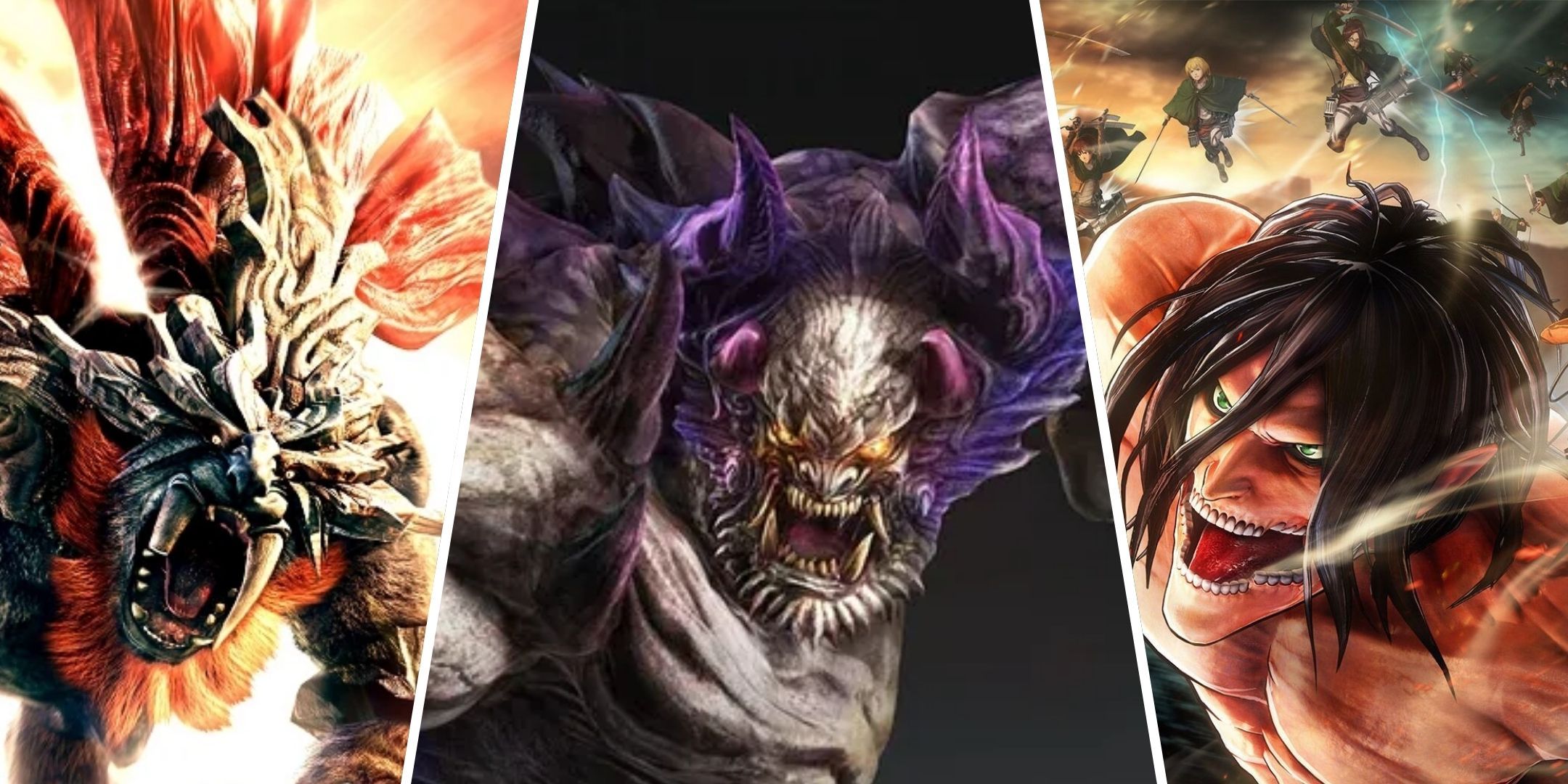
Related
10 Games To Play If You Like Monster Hunter Wilds
You’ve finished Monster Hunter and want to dive into a new title between hunts and still get that hunting feeling? Here are some great games to try.
The four Hunting styles you’re first introduced to are the Guild Style, Striker Style, Aerial Style, and Adept Style. All of these give different ways to enjoy the hunt, from standard play to leaping attacks. Generations Ultimate adds the Valor Style and the Alchemist Style, respectively. Valor is pretty good for setting up counters and charging up formidable attacks.
4
Palamute Companions
Monster Hunter Rise: Sunbreak
Monster Hunter Rises introduces a brand-new friend to accompany you on your hunts alongside your Palico, the Palamute. These dog-like creatures can join in fighting monsters and support the team with special tools. You can also ride them into battle and equip them with the armor of monsters you’ve hunted, like you would with Palicos.
Palamutes were great for traveling through the large maps in Monster Hunter Rise, and their weapons/tools help in applying more damage to enemies, from a jaw tool that stays attached to monsters to a Gatling gun strapped to their backs.
3
Wirebugs And Silkbinding Attacks
Monster Hunter Rise: Sunbreak
The main movement/combat feature in Monster Hunter Rise and its expansion is using your wirebugs to jump around or attack monsters with special attacks. Each hit from Silkbind attacks triggers an invisible gauge for you during the fight that leads to monsters being left vulnerable for a Wyvern Ride. When Wyvern Riding, you can briefly control the monsters and either lead them to other monsters or smash them against the wall for additional damage.
Silkbind attacks are similar to the Hunter Arts in that they are special attacks. You can switch them in or out with special button prompts that require a certain gauge to be used. Many of the attacks also look similar to the attacks from Generations Ultimate, giving more credit to the similarities. In Monster Hunter Rise: Sunbreak, you gain the ability to switch between two loadouts of Silkbind skills, giving you even more freedom in setting up your special playstyle for hunts.
2
Knocking Out The Frenzy With Wystones
Monster Hunter 4 Ultimate
Monster Hunter 4 introduces the Frenzy virus, which has you face off against fearsome monsters afflicted with frenzy. They were fearsome foes, but in 4 Ultimate, some monsters with the Frenzy survived long enough to overcome the virus and become an even worse threat, Apex Monsters. Apex monsters are durable, nearly untouchable, and can also spread the Frenzy from their bodies like Gore and Shagaru Magala.
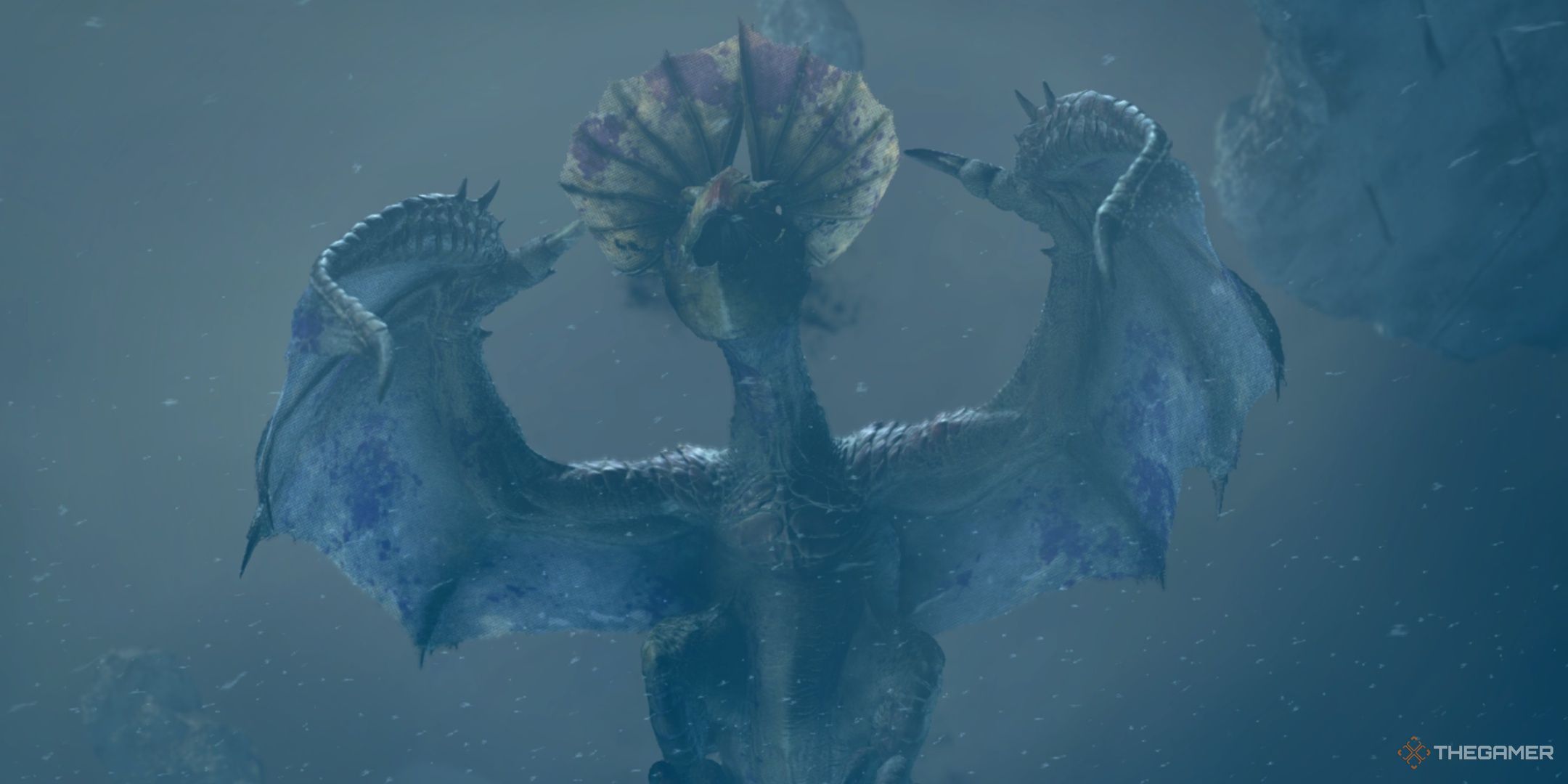
Related
Monster Hunter Wilds: Complete Crown Guide
All monsters are beautiful in Monster Hunter Wilds, no matter how big or small they are.
And that’s what Wystones are for. Wystones grant your hunter special boosts in damage and defense depending on which you equip to help you combat Apex Monsters. You use these Wystones to knock the Frenzy out of these monsters and temporarily do significant damage to them. Apex Monsters are almost impossible to defeat without these items due to their resilience. Not to mention, it’s incredibly cathartic to knock these nightmarishly tough monsters out of their Apex state with these items.
1
Building Up Your Pokke Farm
Monster Hunter Freedom Unite
Farms and special places to earn items without the effort of constant exploration have been a significant part of the Monster Hunter series. Still, none were more engaging and fun to grow and develop, like the Pokke Farm in Monster Hunter Freedom Unite. Pokke Farm is still, to this day the most impressive farm in Monster Hunter and perfectly emulates what it’s like to live in a thriving village community with growing farmland.
You have a whole little zone in the village to take care of your crop growth. There are stations where you can gather honey and three points for mining, along with a cave where you can gather ominous materials from a massive sword. There is also the adventurous Felyne Trenya. You can send him to special places for more items. While most of these farming ‘features’ are in most other games, the farming aspect itself is mostly all gone and only Pokke Farm in Freedom Unite has this.

Next
Monster Hunter Wilds Vs Monster Hunter World: Which Game Is Better?
Monster Hunter World and Monster Hunter Wilds are two of the best games in the series, but which is better?
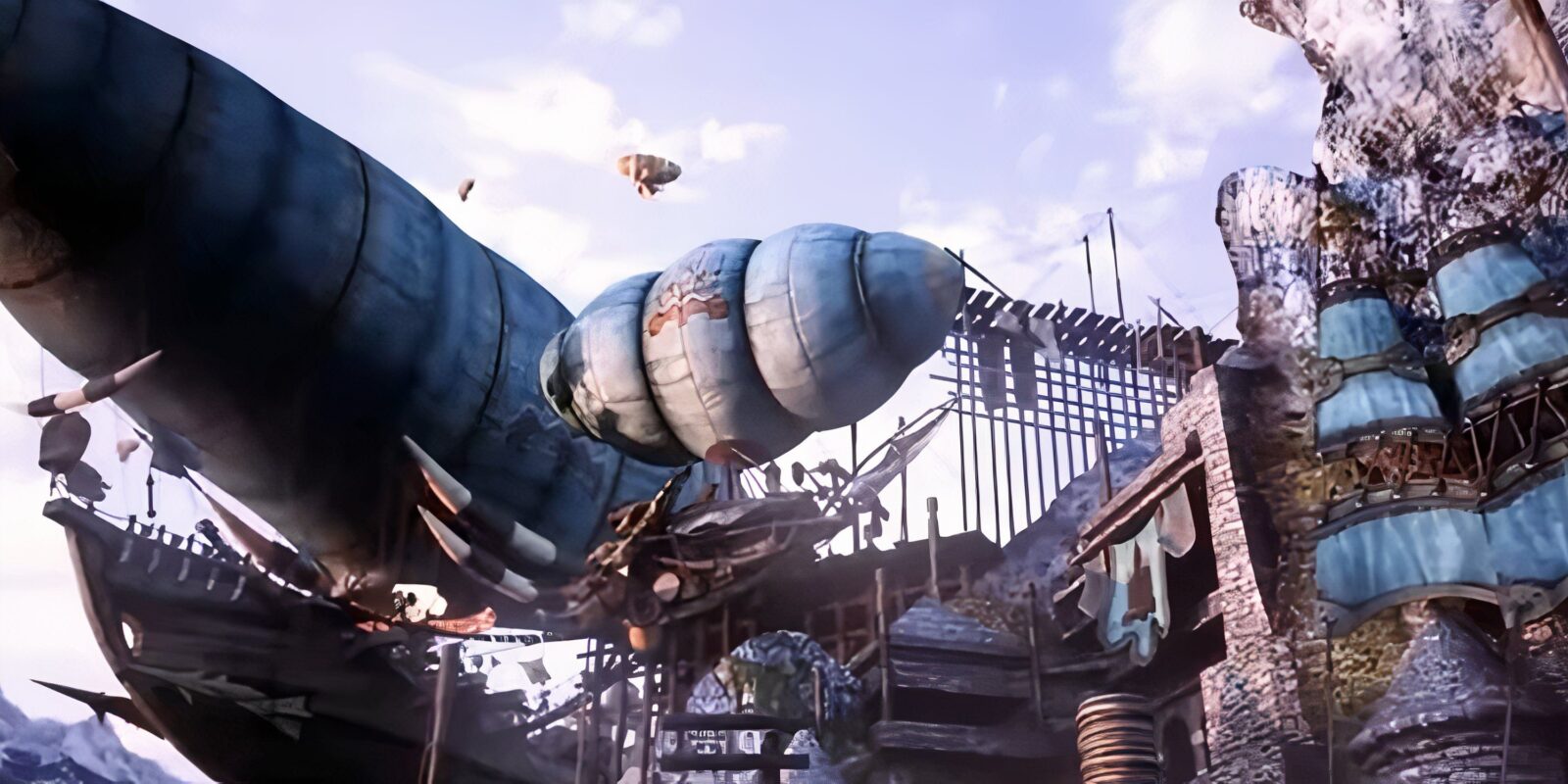



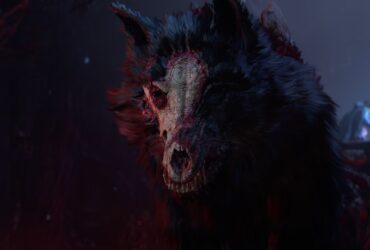


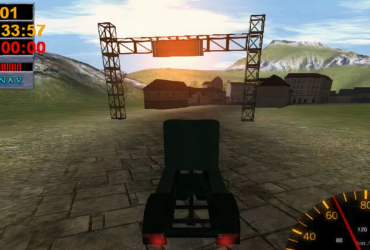
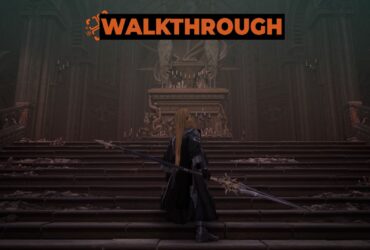

Leave a Reply